
The conference aims to review the current situation, evaluate the results and, more importantly, identify key tasks and effective solutions in the 2025-2030 period to develop the capital's tourism destination system sustainably, synchronously, and with its own identity. The foundation for development is the cultural and historical values of a thousand years of civilization, a rich heritage system, a modern urban space combined with natural landscapes and traditional villages.
Speaking at the conference, Mr. Tran Trung Hieu said that Hanoi tourism has recovered after the Covid-19 pandemic. In the period of 2022 - 2024, the number of tourists to Hanoi increased by an average of over 21% per year. In 2024, Hanoi welcomed 27.88 million visitors; in 2025, the target is to reach 31 million visitors (up 11.2%), including 7.5 million international visitors (up 17.7%) and 23.5 million domestic visitors, with total revenue of over 130,000 billion VND (up 17.5%). In the first six months of 2025, Hanoi welcomed 15.56 million visitors, up 11.8% over the same period in 2024; of which, international visitors reached 3.66 million (up 21.8%). Total revenue from tourists reached 62,321 billion VND, up 14.7%.

Currently, the city has more than 133 tourist attractions, of which 54 have been recognized as city-level tourist attractions and areas (including 8 areas and 46 points). “The tourist areas and areas in Hanoi are highly appreciated by tourists for their resource and cultural values, as well as conservation and restoration work. Some destinations have organized many experiential products, good services, and technology applications such as the Temple of Literature - Quoc Tu Giam, Thien Duong Bao Son Park, Hoa Lo Prison, Thang Long Imperial Citadel, Ao Vua Tourist Area, Huong Pagoda Tourist Area…”, said Mr. Hieu.
According to the Hanoi Department of Tourism, in the period of 2025 - 2030, communes and wards need to strengthen state management of tourism after operating a two-level local government; focus on environmental protection, rational land use, strict management of destinations; prevent, detect and handle violations. Localities strive for each commune and ward to be recognized as at least one tourist destination.
Regarding product development, Hanoi continues to focus on depth, maintaining its own identity, linking heritage, creativity, indigenous culture and Hanoian lifestyle; developing in clusters - routes - regions, linked to market demand and green and sustainable tourism trends. The city will implement campaigns such as "Zero-waste tourism", "Green tourism", encouraging the use of environmentally friendly materials, applying environmental management technology, saving energy, and using renewable energy.
“Hanoi will prioritize developing products such as night tourism, sports tourism, agricultural and rural tourism, community tourism, health care tourism, etc. Destinations will promote the sale of electronic tickets for the convenience of tourists and to be environmentally friendly,” said Mr. Hieu.
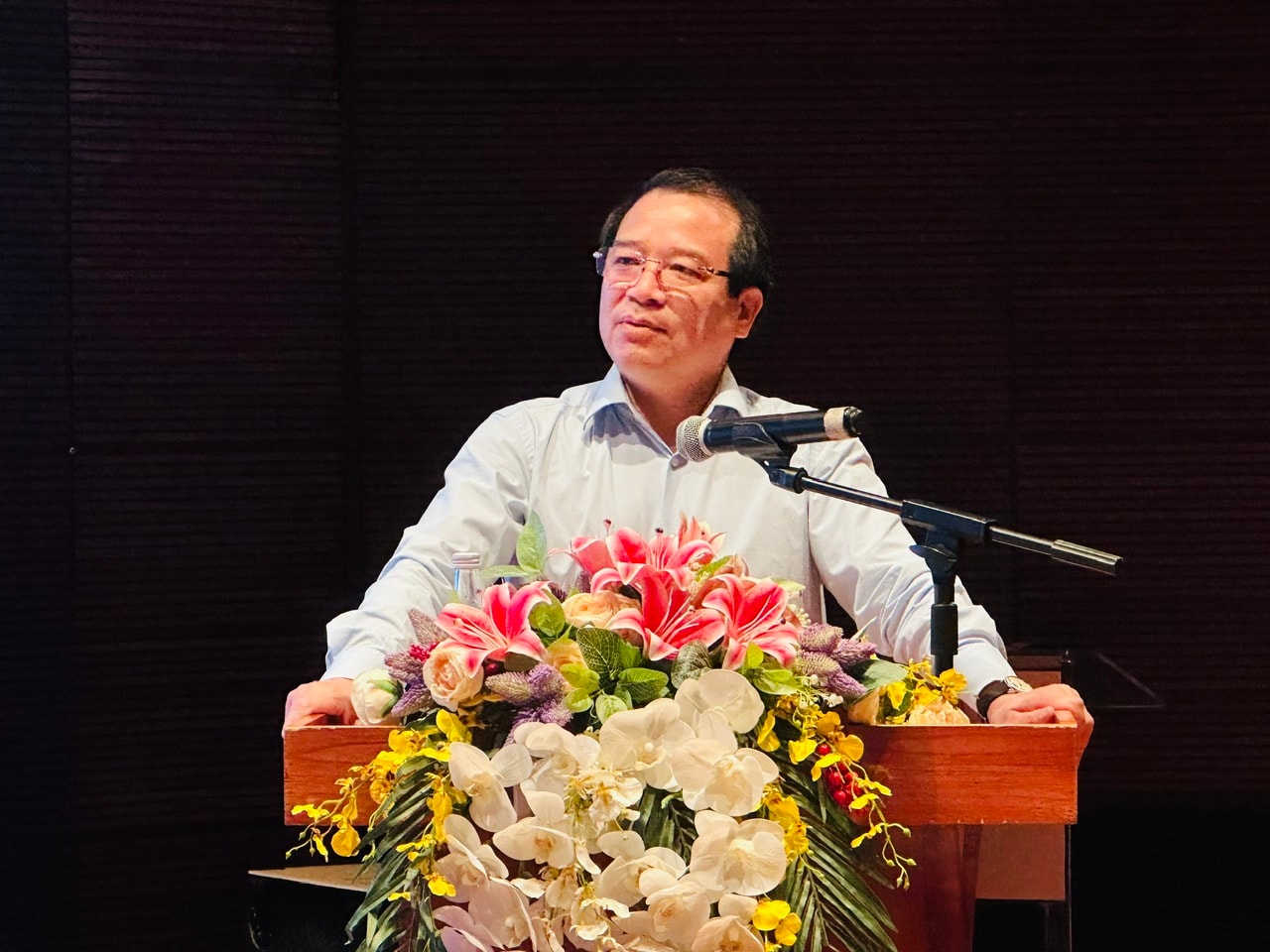
Deputy Director of the Vietnam National Administration of Tourism Ha Van Sieu commented that in the new era and the context of two-level local government management, Hanoi needs to change its management methods, especially in tourism activities. Destination management must be linked and connected to improve the effectiveness of product development, promotion and brand positioning. “This is an opportunity but also a challenge, Hanoi needs to be a locomotive, a model in organizational structure, management and economic development - including promoting the value of heritage and tourism”, Mr. Sieu emphasized.
At the conference, experts also contributed ideas on developing green tourism, building a set of separate criteria, and building a model of an electronic ticket sales platform at tourist destinations.
Source: Hoang Lan, Hanoi Moi Newspaper
Source: http://sodulich.hanoi.gov.vn/ha-noi-phat-trien-san-pham-du-lich-theo-cum-tuyen-gan-voi-tieu-chi-xanh.html


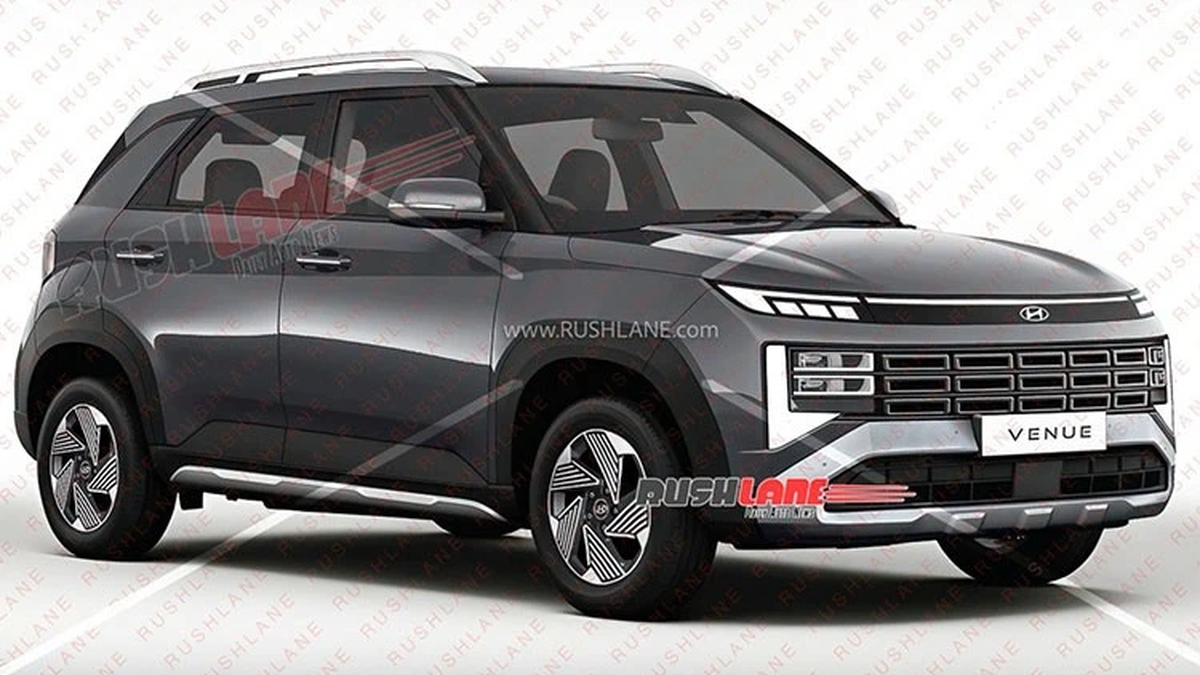
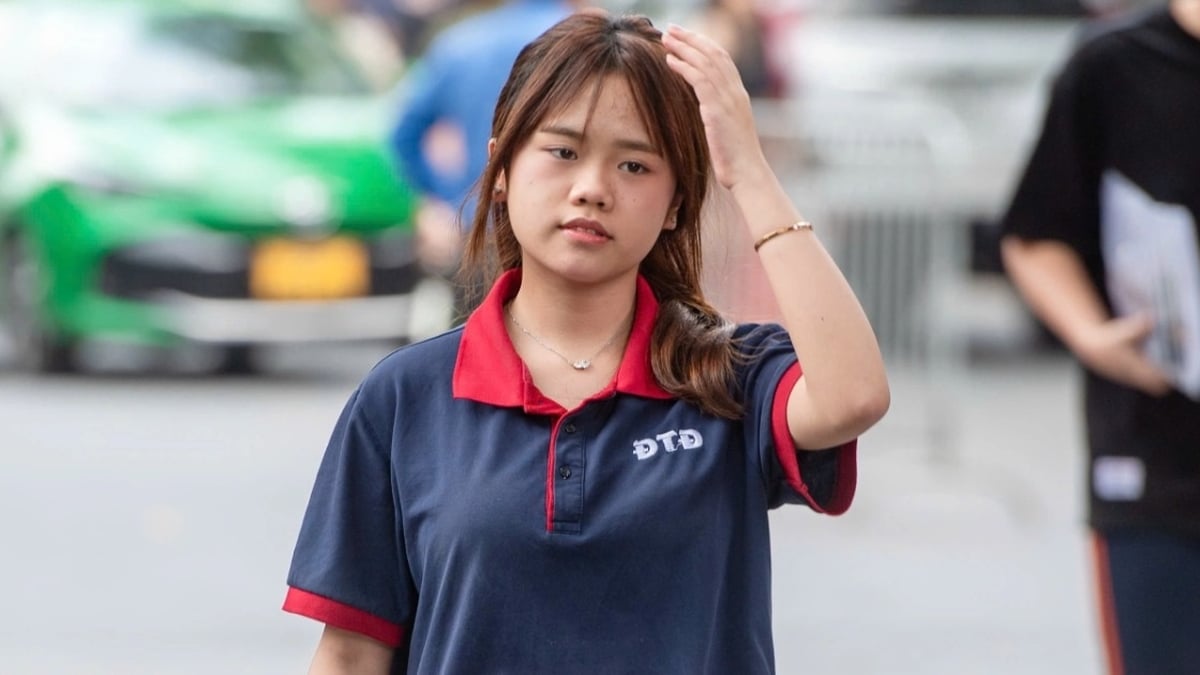
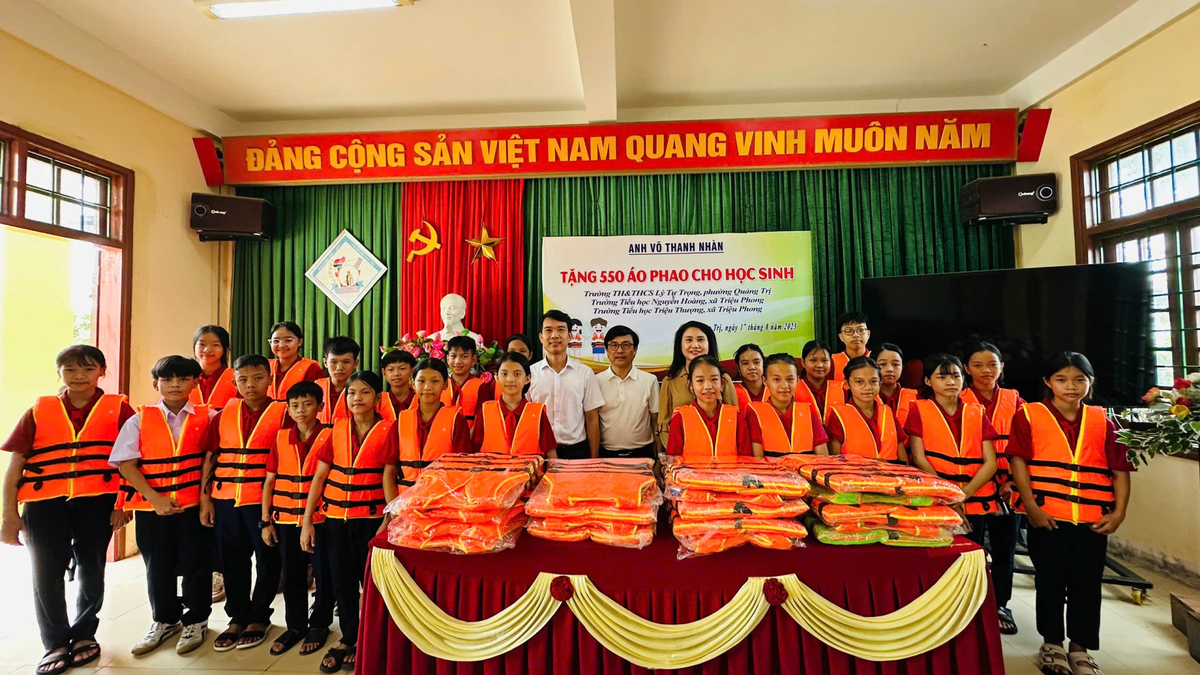
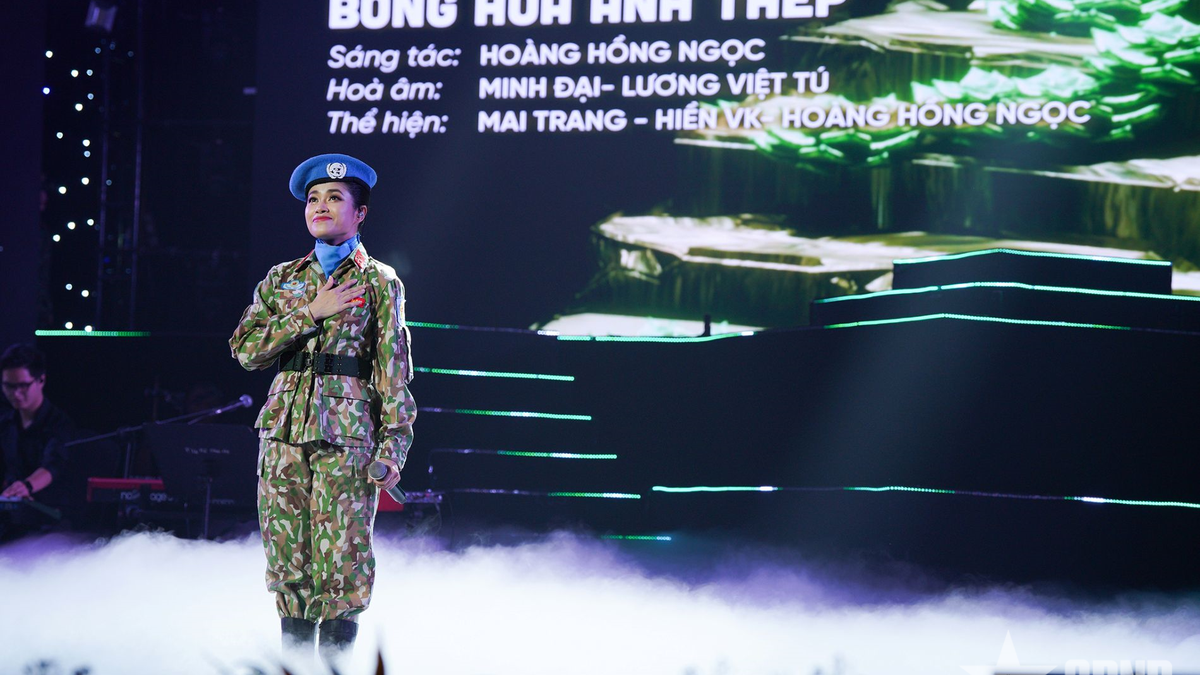
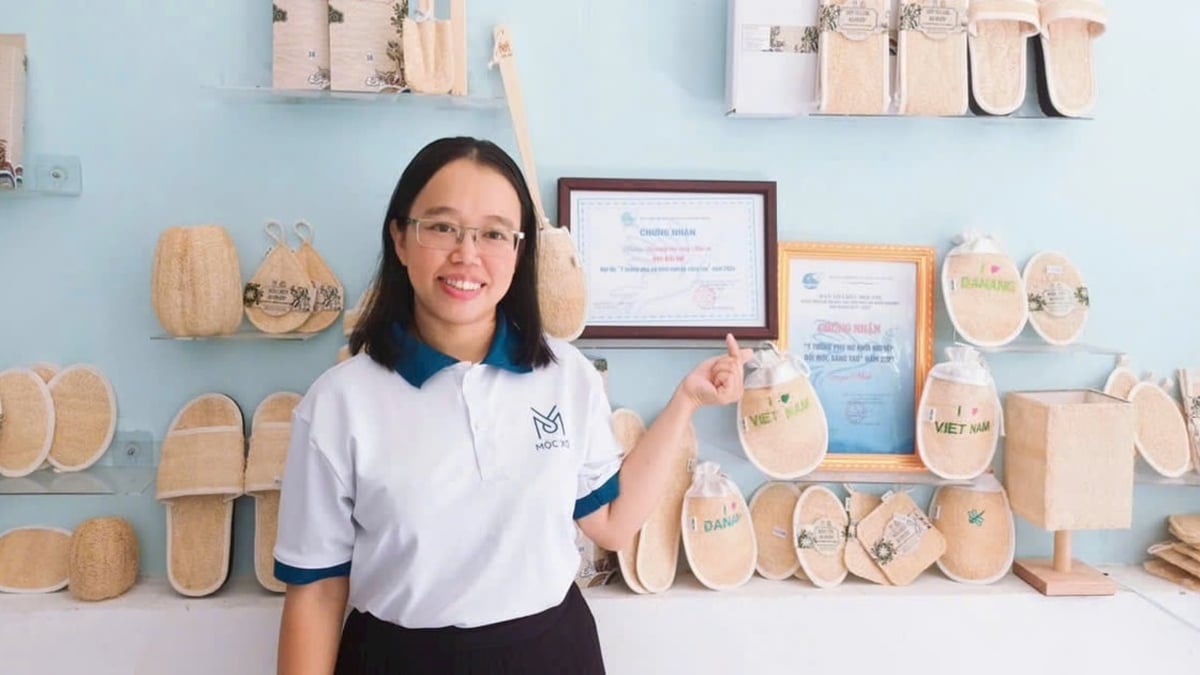

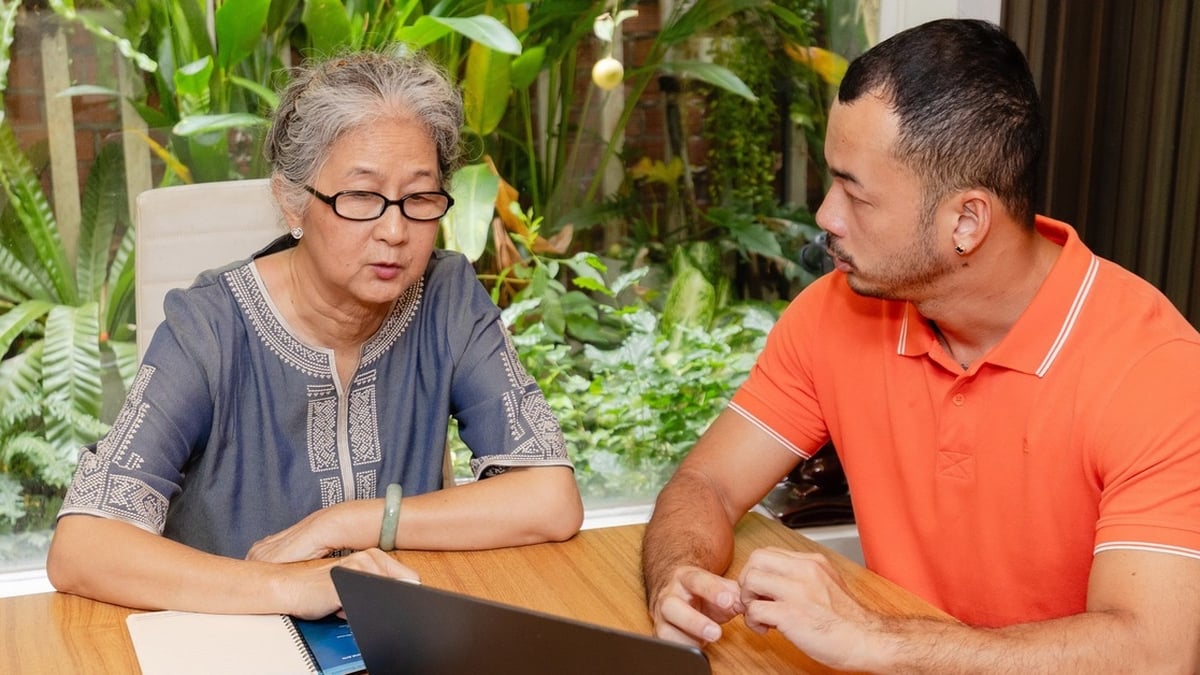
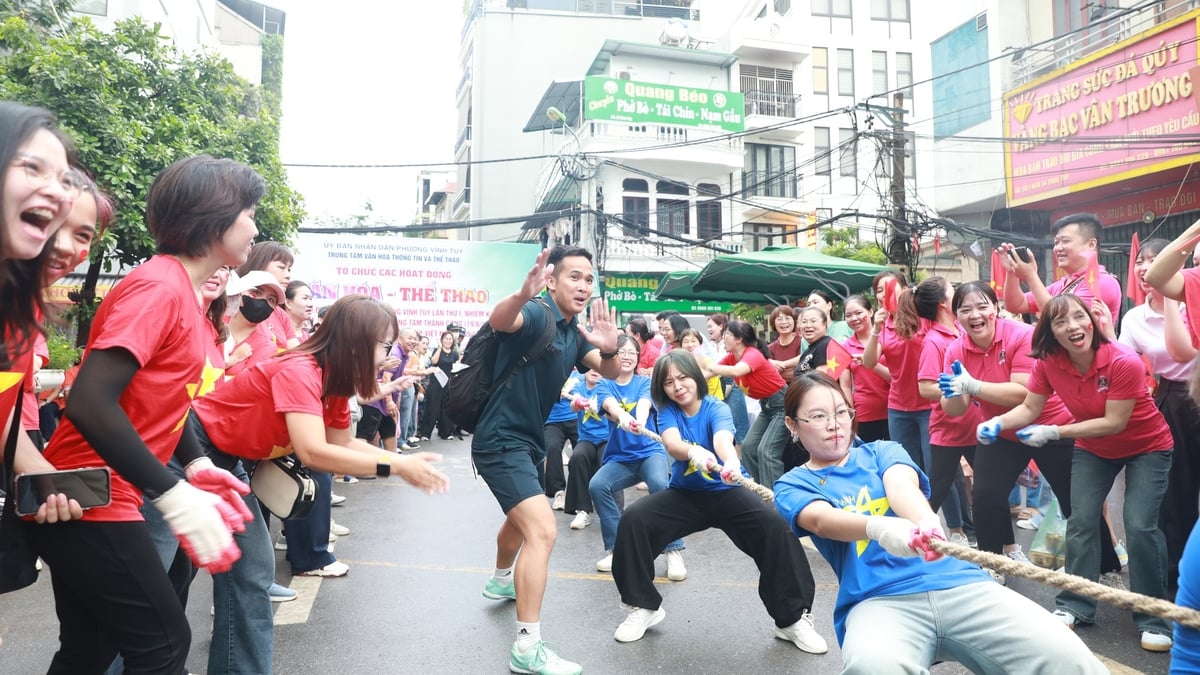
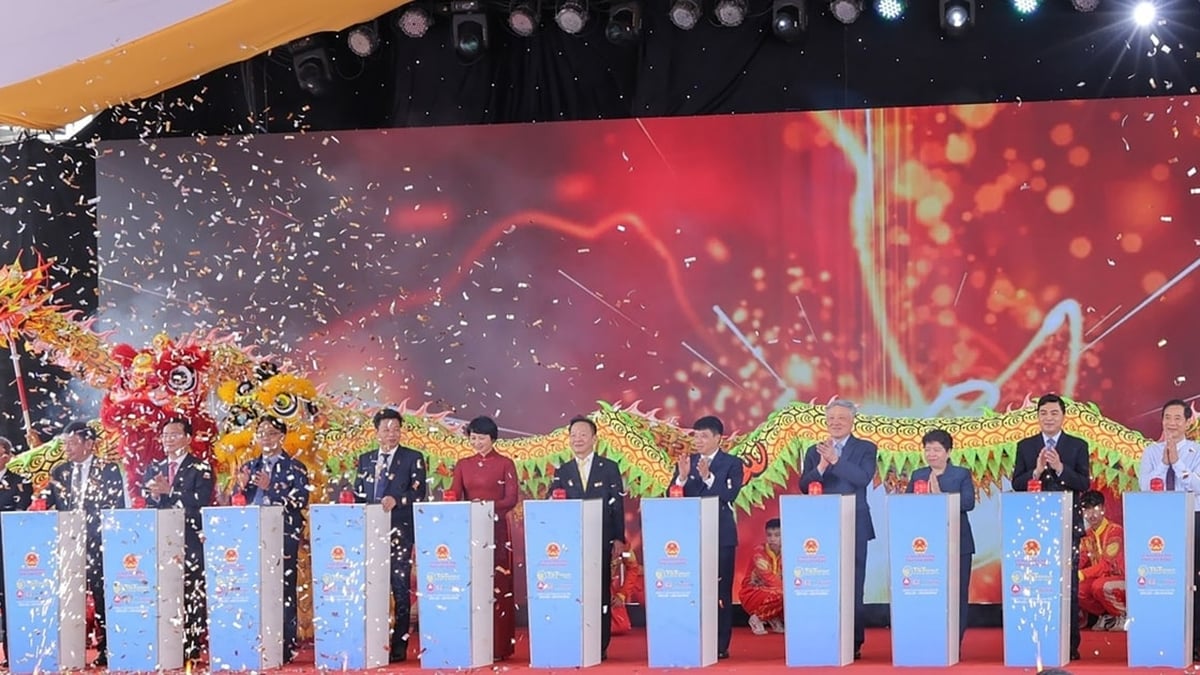
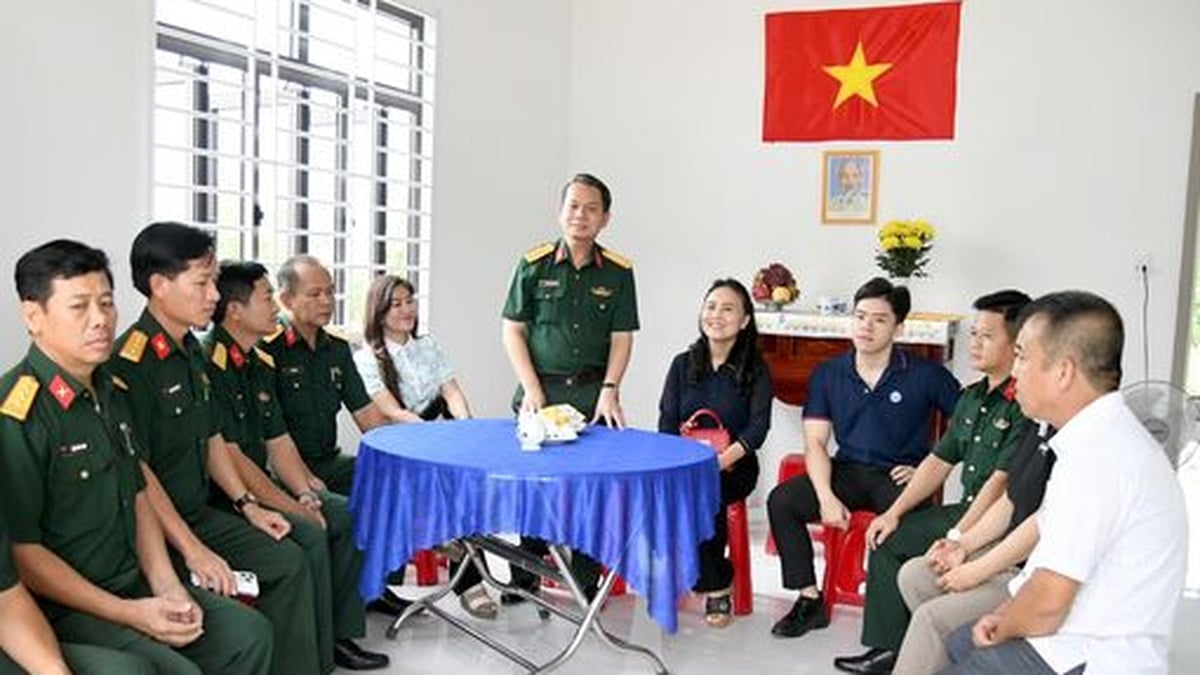










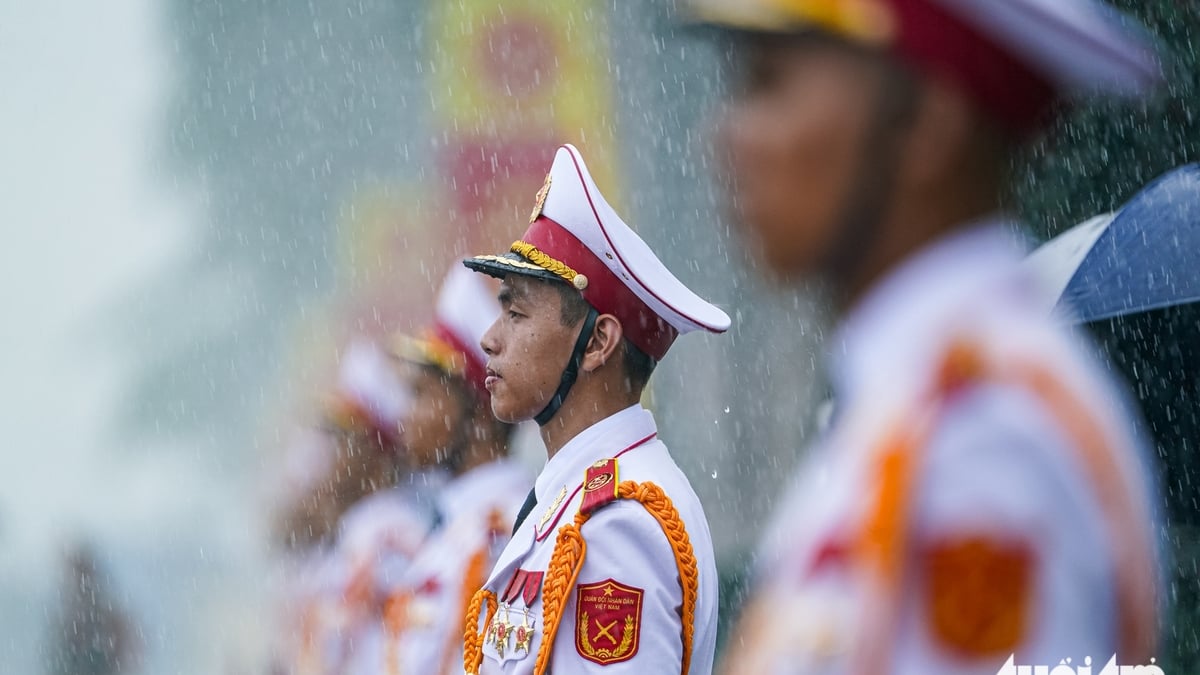

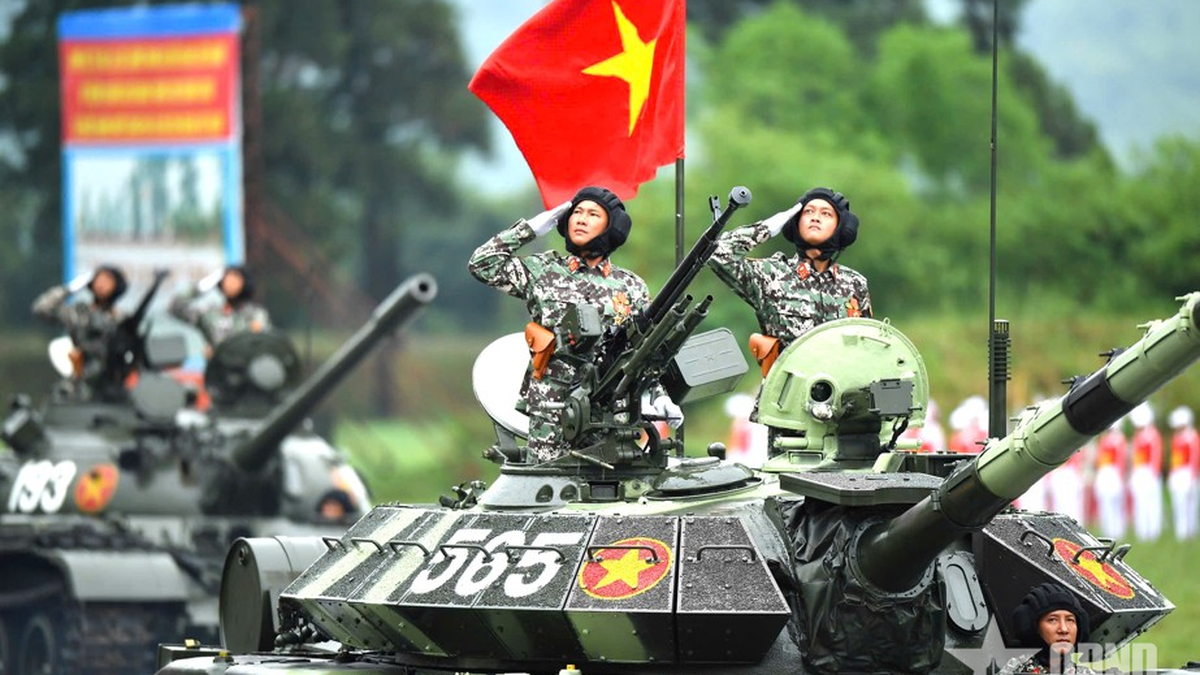

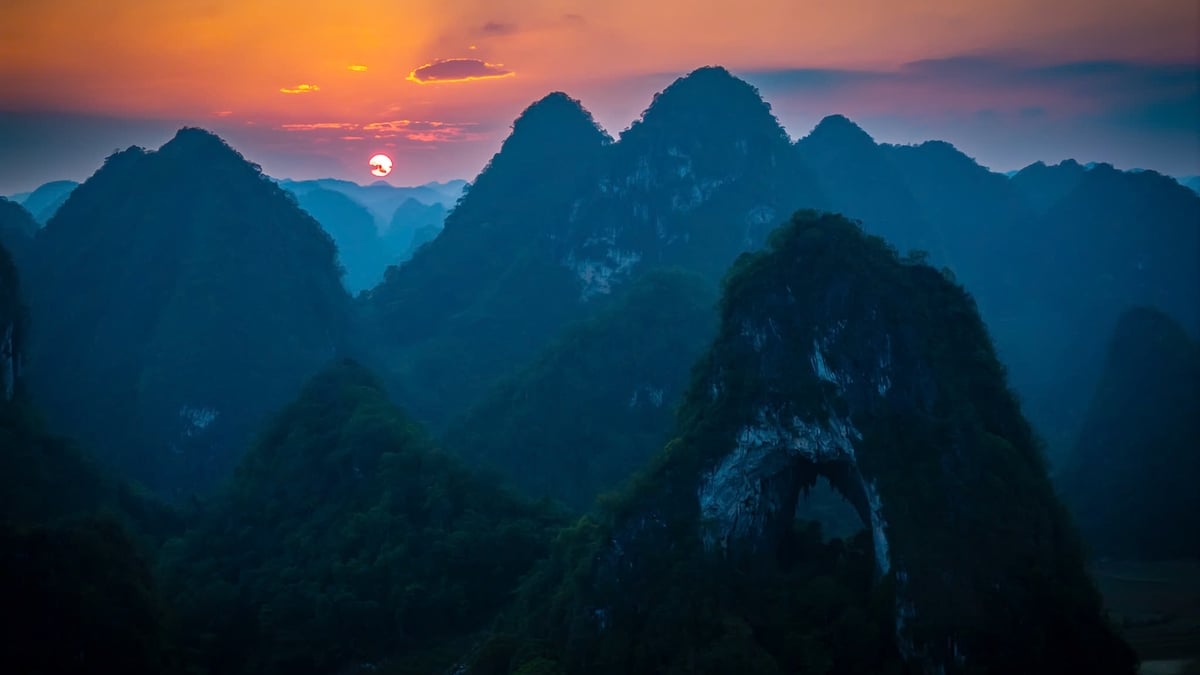
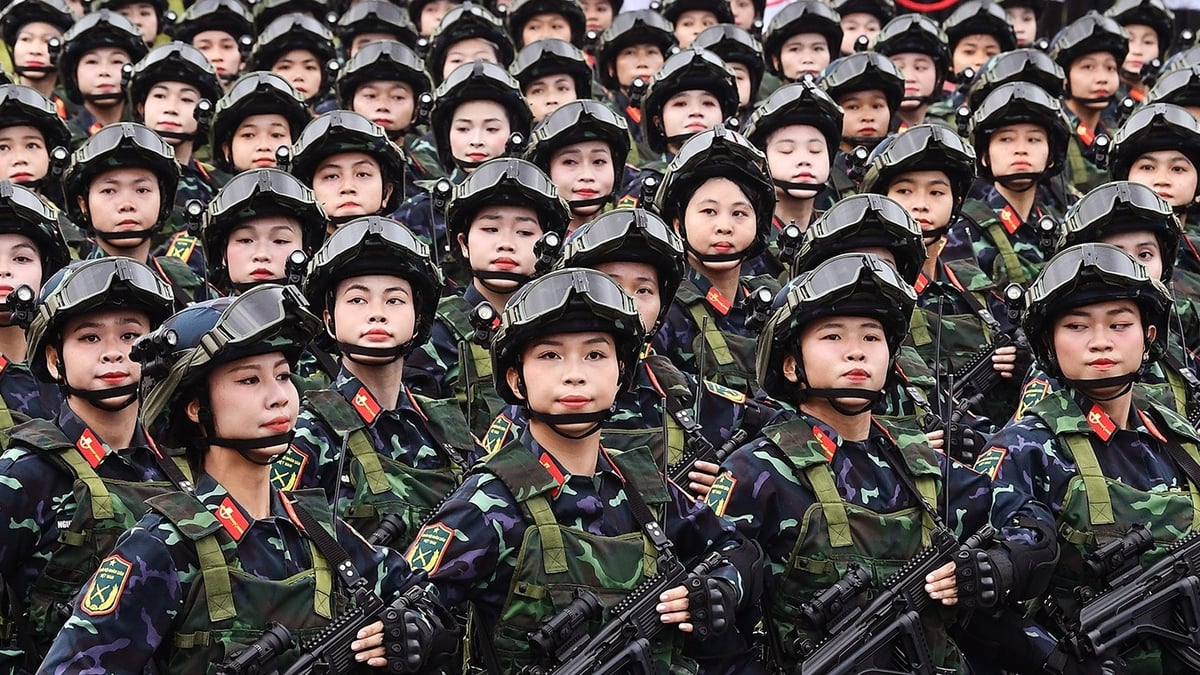
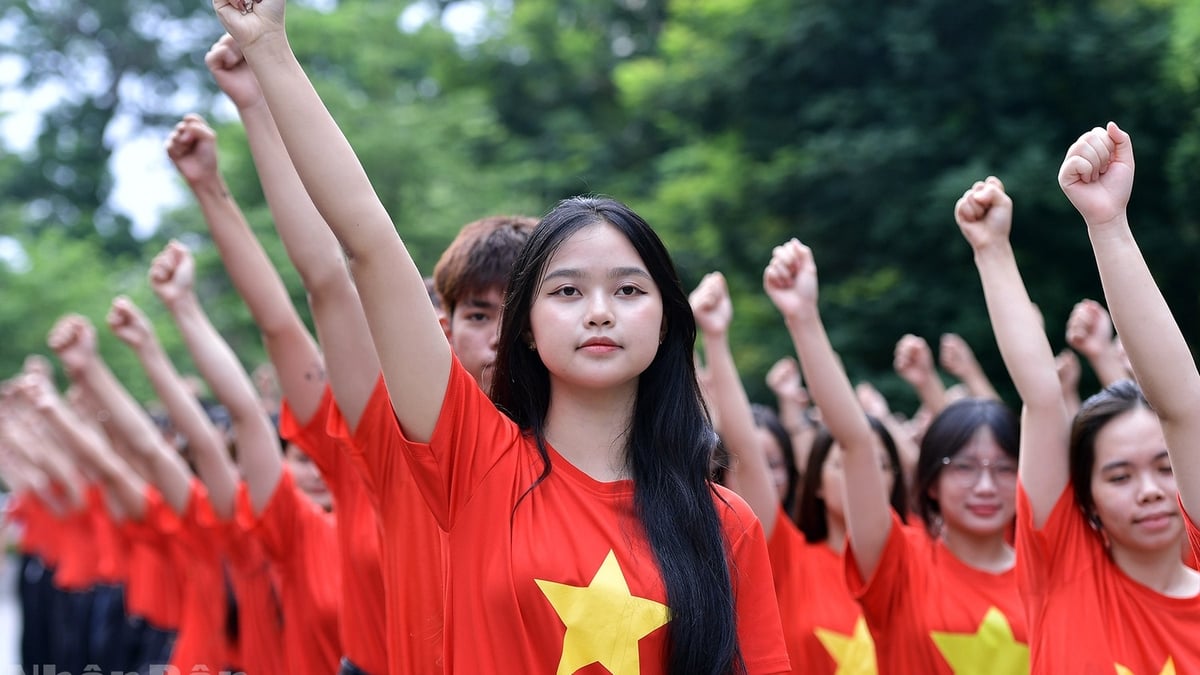
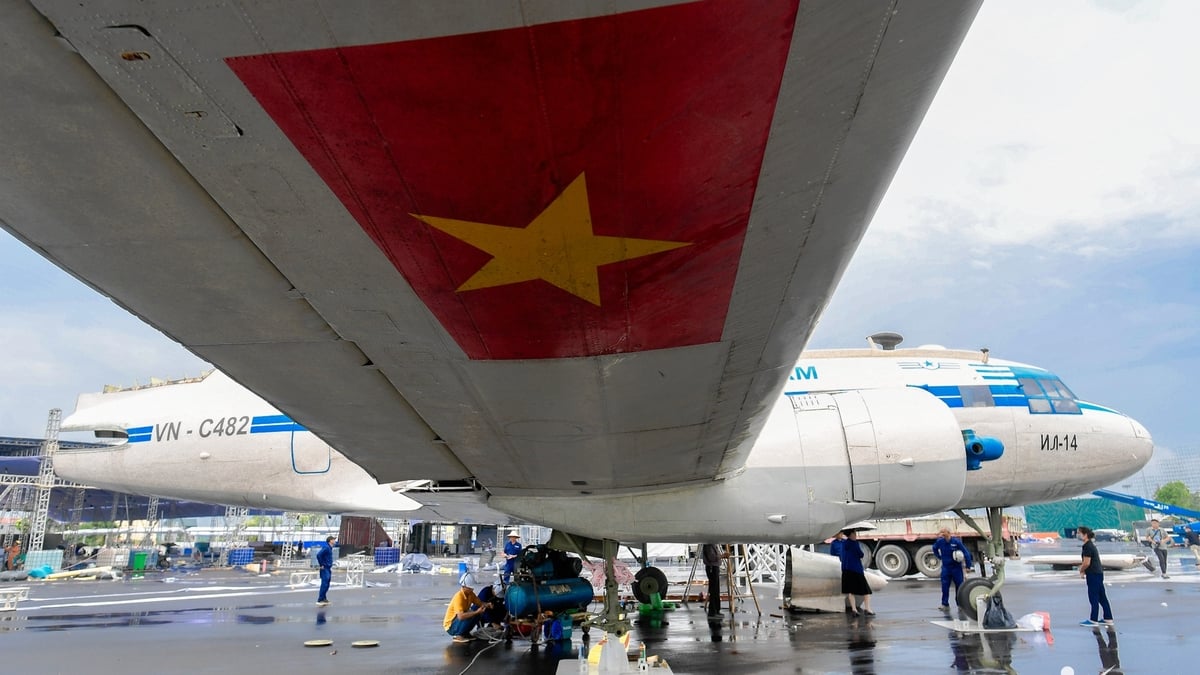
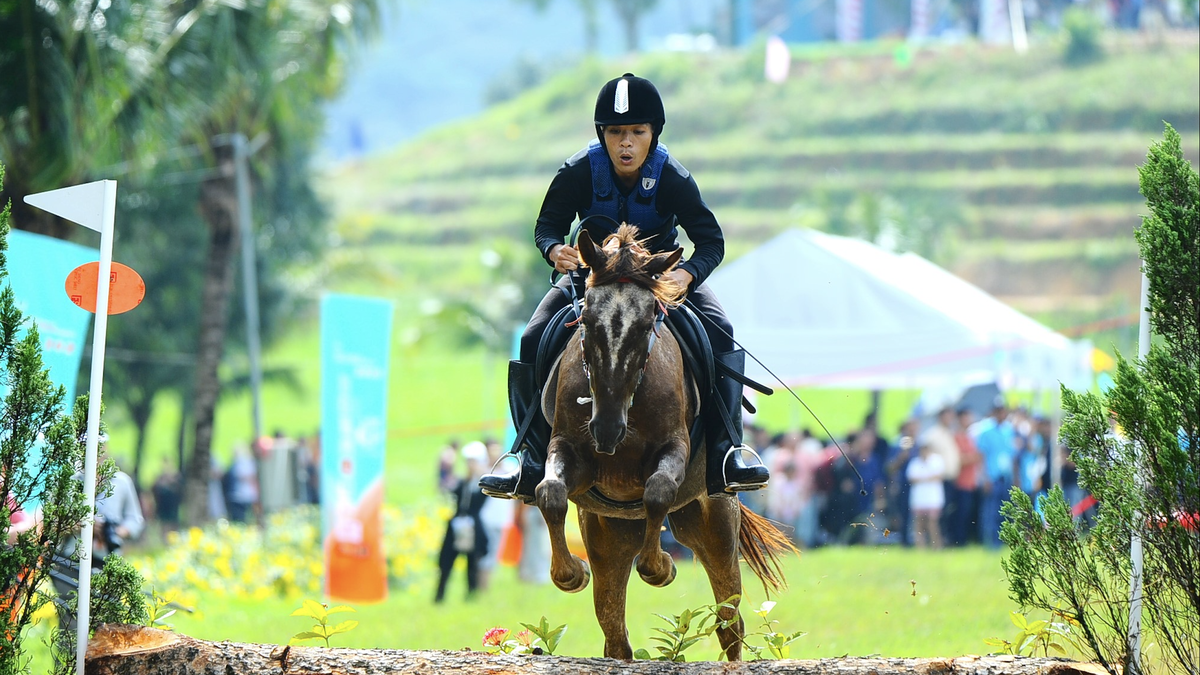
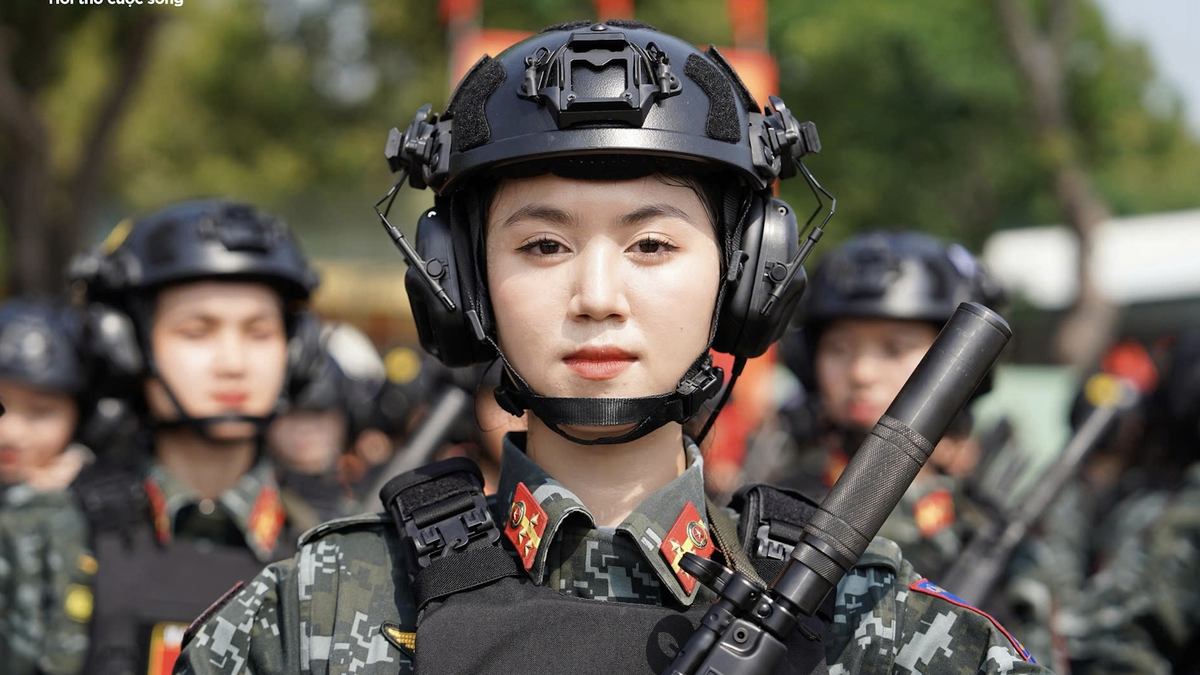
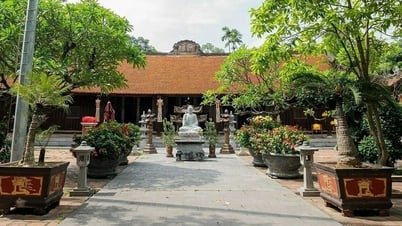

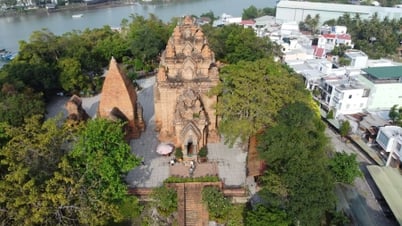



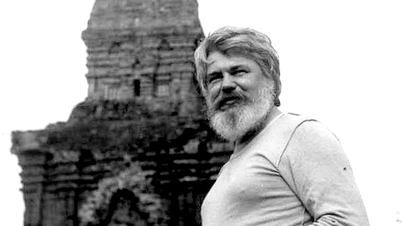

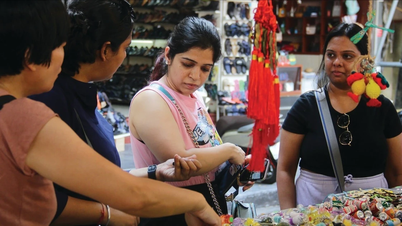

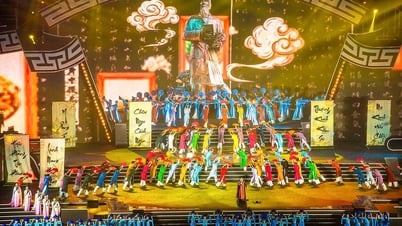


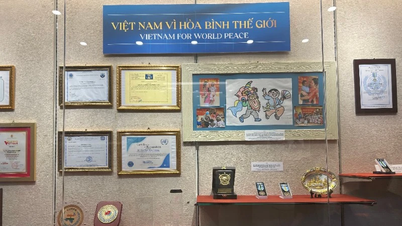

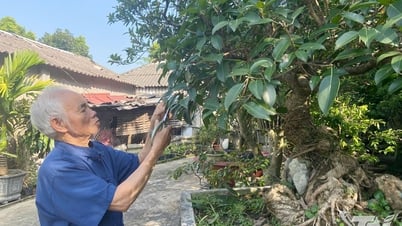

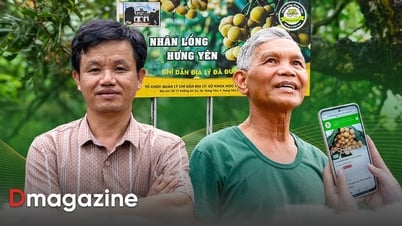

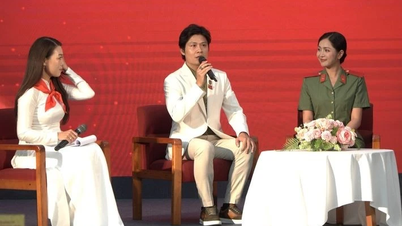

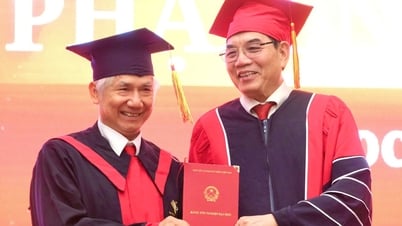
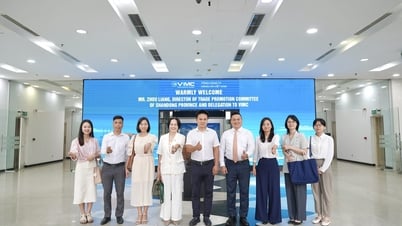
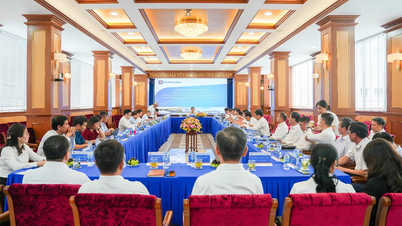
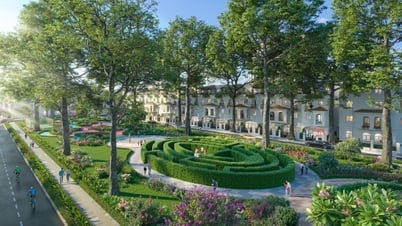




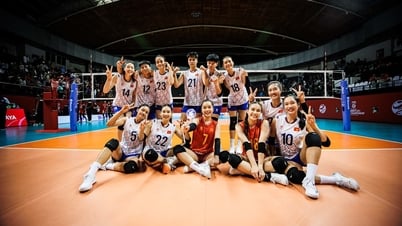


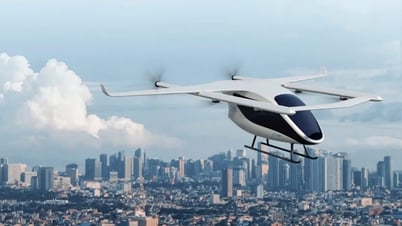

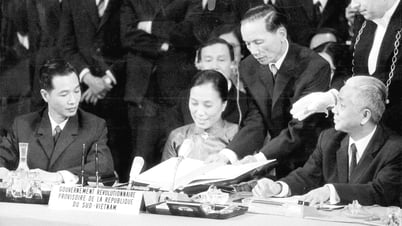
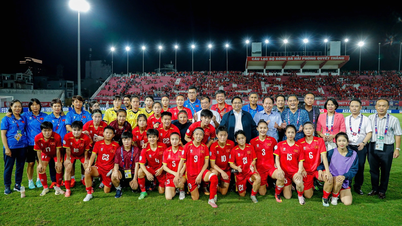
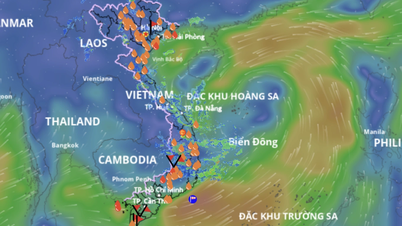


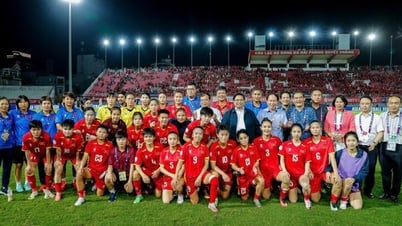

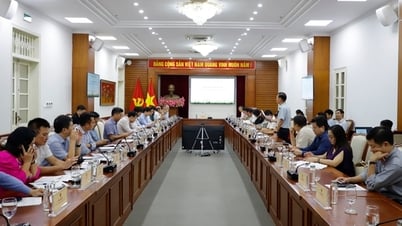
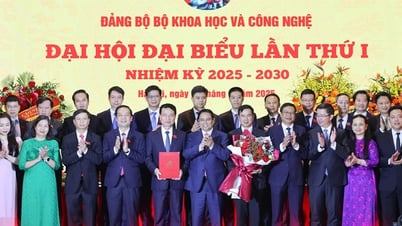

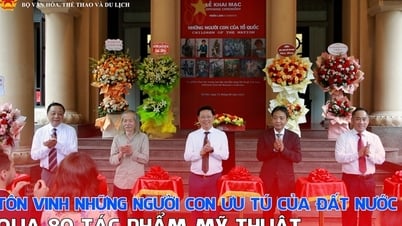






















Comment (0)